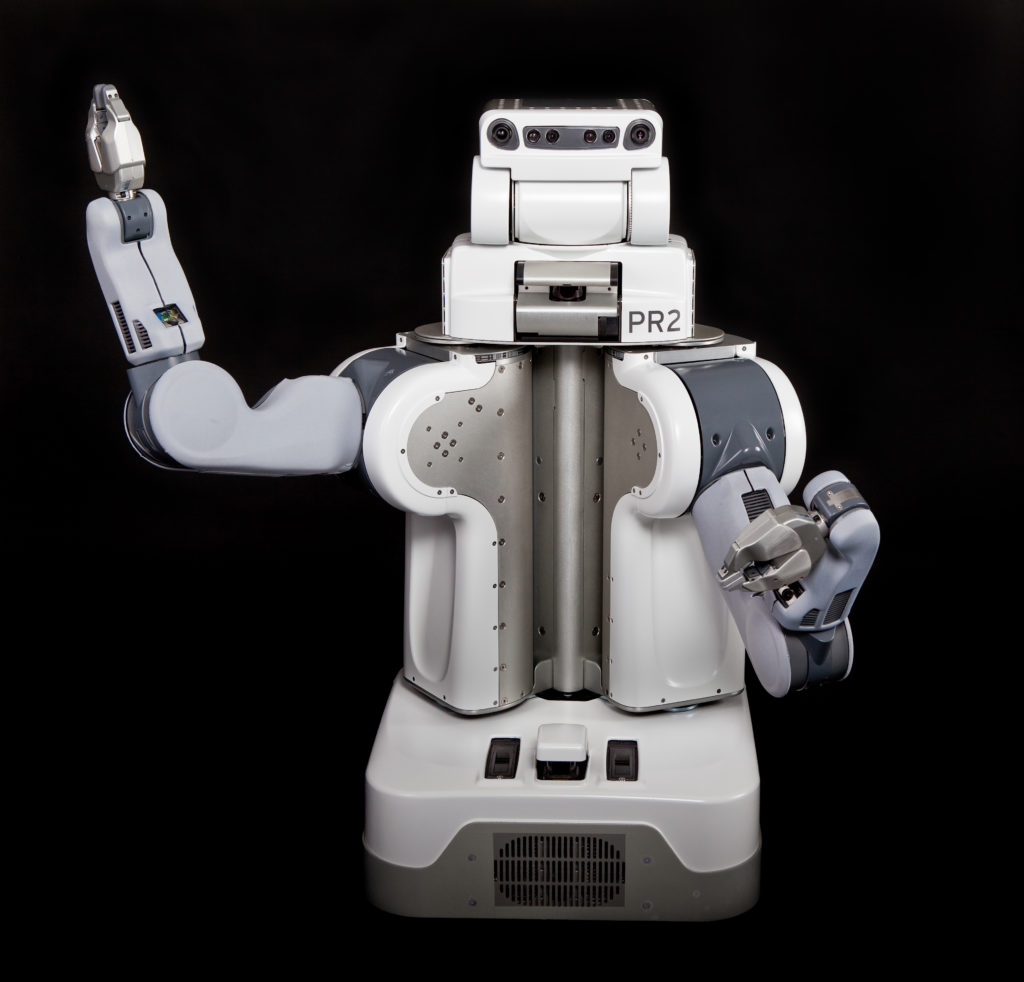A Prescription For Robots
The science journal, PLOS ONE, has presented a report on how Augmented Reality systems that could allow those with profound…
The science journal, PLOS ONE, has presented a report on how Augmented Reality systems that could allow those with profound loss of motor function to use robotic assistance to accomplish basic but extremely necessary tasks. In fact, the paper’s findings suggest that robotic body-surrogates could vastly improve the quality of life of disabled users, and it could provide a foundation for faster creation of more capable robot assistants.
The robot used in tests was a PR2 mobile manipulator, a robot marketed as a platform one can test relevant hardware and software on. It was able to wield and utilise objects ranging from bottles and clothes to hairbrushes and even an electric shaver.

Professor Phillip Grice states that: “We have taken the first step toward making it possible for someone to purchase an appropriate type of robot, have it in their home, and derive real benefit from it.”
His colleague on the test, Professor Charlie Kemp, surmised that their goal was “to give people, with limited use of their own bodies, access to robotic bodies so they can interact with the world in new ways.”
15 participants, all with sever motor impairments, took part in the experiment, and 80% of the group were successful in using the AR systems to drive the robot to perform. From a medical point of view, the robot shows the advantages and limitations of robotically automating various care-giving services, as well as establish proof that there is an untapped market robotic manufacturers must engage with.
This being said, a base PR2 unit, before it is given any additional hardware or software, and not including specialist training and management, costs approximately $280,000 USD. But given that the PR2 comes from a company that celebrates open source, there’s a chance cheaper and even more efficient alternatives could be made in future, and then be subjected to government rebate.





Comments